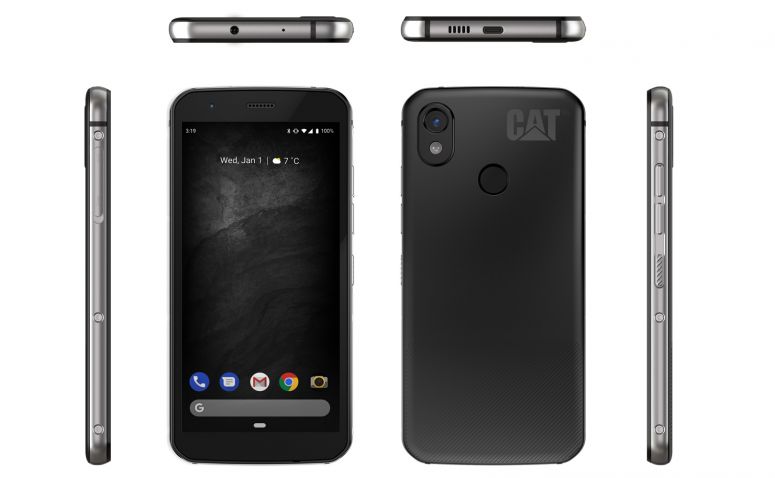Ranking of the best laser cutting machines for 2024
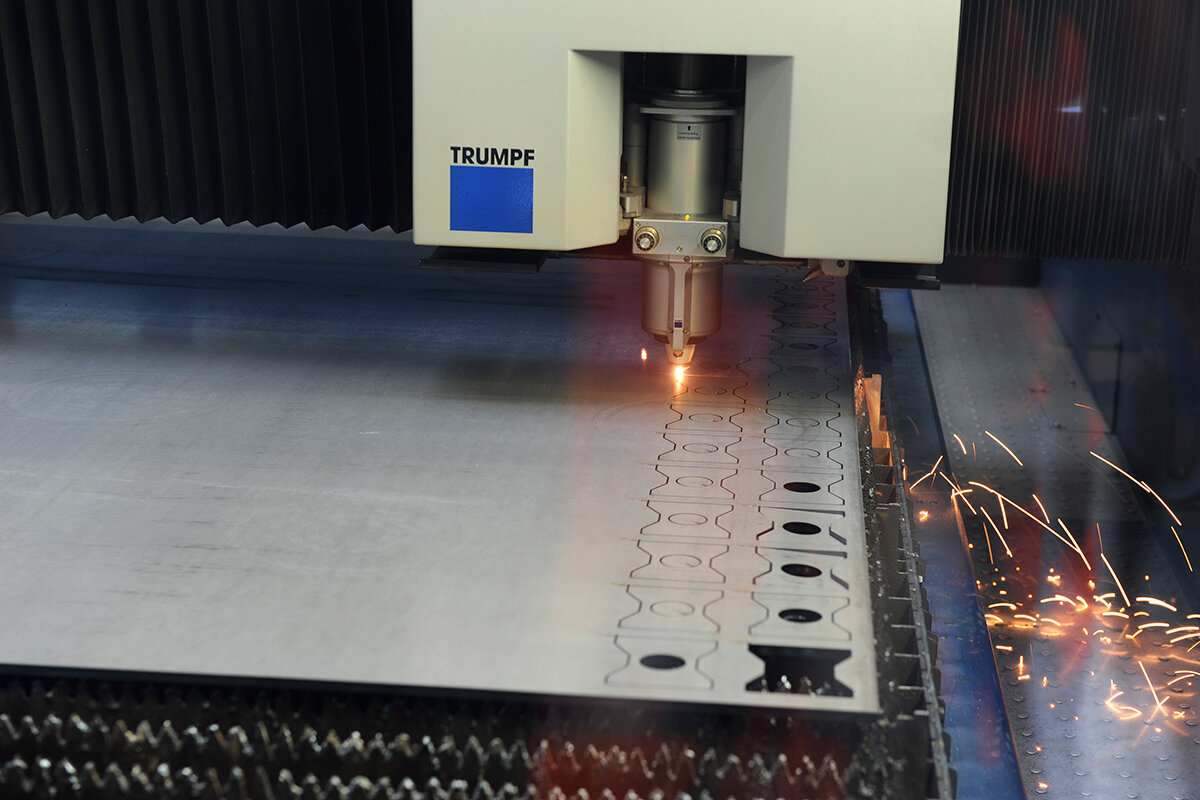
For the most accurate and precise cutting of glass, wood, steel and other materials, special equipment is used. Today, the most effective and modern devices are considered to be laser machines. Initially, they had an exclusively industrial scope of application, but now they can be used in a household workshop.
Laser cutting is a method of cutting a material, during which a focused powerful laser beam burns through the workpiece surface to be machined. Due to its small thickness, special directional angle, coherence and monochromaticity, the laser beam evenly cuts the material, and during this process a minimum of waste is formed, which is then blown out by an air jet.
Due to its increased accuracy, laser cutting significantly speeds up and simplifies the processing of various workpieces, while creating a minimum of defects and rejects. The increased demand for such equipment is not surprising, because due to the increased productivity, the high cost of the machine will pay off rather quickly and with interest.
Piercing the workpiece directly eliminates contact with its working surface. Hence, it is clear that it is possible to process not only hard alloys (brass and copper, aluminum and steel), but also rather fragile raw materials, for example, wood or plywood, as well as glass. Its almost complete automation adds more efficiency to the entire process. It is difficult to imagine a modern laser machine without CNC, and its computer control has become routine today.
Laser machines: general information
They are professional equipment, the work of which is characterized by increased accuracy. The device is equipped with a powerful laser, which easily cuts through surfaces, separating them into separate elements.The resulting cut is particularly smooth and does not require an additional processing step. Also, with the help of such machines, it is convenient to carry out engraving, cut out various patterns, and it is even possible to weld small parts.
Device and working elements
Externally, the design is not particularly complex and consists of:
- Coordinate table - it is responsible for the final quality of the manufactured product. On it is the body, on which the movable guide parts are located. Ball screws or toothed belts can be used as a drive. In laser cutting machines for metal, one more control element is additionally used - a controller.
- "Flying" optics - it consists of a set of mirrors, each of which has a coating in the form of a special composition that reduces the dispersion of the energy beam. There is also a lens, which is responsible for focusing the beam into a small spot with a diameter of no more than 2/10 mm.
- Laser lamp - it is the main emitting element (usually sealed glass variations are used). Radiation, which is reflected from mirror optics and is further focused by the lens, and performs the main work - burning.
- Auxiliaries - These typically include an air compressor and main refrigeration system.
The lens is the main working element
Through it, the beam generated by the lamp is focused and directed to the material being processed. Different lenses have different focal lengths, focal depth (responsible for the maximum cut thickness), and the diameter of the focused spot. There are long focus (+100 mm), mid focus (up to 50 mm) and short throw lenses (up to 38 mm). As the name implies, they differ in the length of the focusing distance. Thus, long focal lengths are able to qualitatively cut through thick and hard surfaces (metal), while others can efficiently produce chiseled work. According to the current classification, each lens variation is used for its own type of work:
- Short-throw - they do an excellent job with engraving and cutting detailed objects (for example, stamps), and they are also convenient for cutting materials of low density (plywood, chipboard, plexiglass);
- Mid-focus ones are often called the "golden mean", because they are capable of high-quality engraving and cutting through workpieces with an average density of up to 8 mm (this thickness can be compared with the density of wood);
- Long focal lengths are great for working with thick materials (in addition to standard metals, acrylic and wood with a thickness of up to 250 mm can be mentioned).
The lenses themselves can be made on a variety of bases, the most popular of which are gallium arsenide and zinc selenide. It is worth noting that the former are industrial designs and are used in machine tools with a power of more than 130 watts.
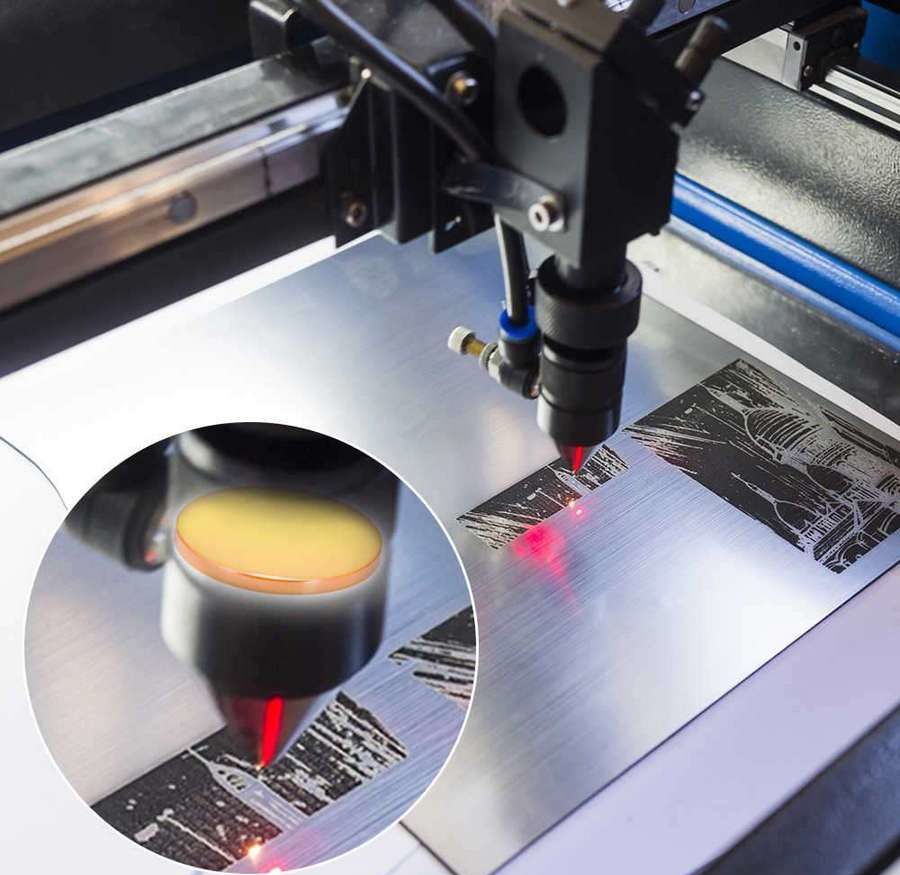
The main stages of a laser machine
First, a special drawing is prepared, where the coordinates of the desired slices are indicated - this drawing is loaded into the operating program of the machine. After that, the working process begins directly: the machine automatically directs the beam to the specified place and its strong heating is carried out. Glass and metal melt under the influence of high temperatures, and wood burns out. In a strictly designated place, the surface to be treated is precisely cut in accordance with the specified parameters.
Pros and cons of laser cutting
Undoubted advantages include the following:
- Laser cutting is capable of processing various materials;
- The absence of direct mechanical contact practically eliminates the risk of damage to the treated surface;
- It is possible to perform work of any complexity on the machine, while obtaining perfectly smooth cuts and lines is guaranteed;
- The work performed is characterized by high productivity and speed;
- The process itself is carried out silently, a large amount of dust and debris is absent.
The disadvantages of working with a laser include:
- The stamping method of processing blanks is much cheaper than the laser one;
- During the processing of wooden surfaces, traces of a dark color remain in the places of its contact with the laser spot;
- The laser machines themselves (especially industrial designs) are very expensive;
- There are limitations in the area of the thickness of the working surface of the materials.
The range of products that can be manufactured on a laser machine is very wide, the unit is perfect for manufacturing:
- Various stencils and plywood blanks;
- Metal constructors and their individual elements;
- Seals and stamps;
- Street signs and road signs;
- Design postcards;
- Souvenir items with engraving;
- Decor elements containing carved patterns;
- Decorations and screens;
- Layouts for architectural projects and more.
Technical characteristics of the main types of laser systems
Depending on the material being processed, they can be divided into:
- Solid-state lasers of the pulse-periodic type with lamp pumping (output power: 50 - 1000 W) are used for cutting thick metals;
- DPSS solid-state lasers with diode pumping are used for metals of medium thickness;
- Continuous gas infrared CO2 lasers (output power up to 400 watts) are used to work with non-metallic workpieces (rubber and polymers, as well as wood);
- Continuous gas CO2 lasers (output power - from 0.7 to 6 Kilowatts) are suitable for working with alloy steel, ferrous metals, some types of metal alloys, as well as for non-metallic materials;
- Fiber optic lasers (output power from 0.4 to 15 Kilowatts) - for spot cutting.
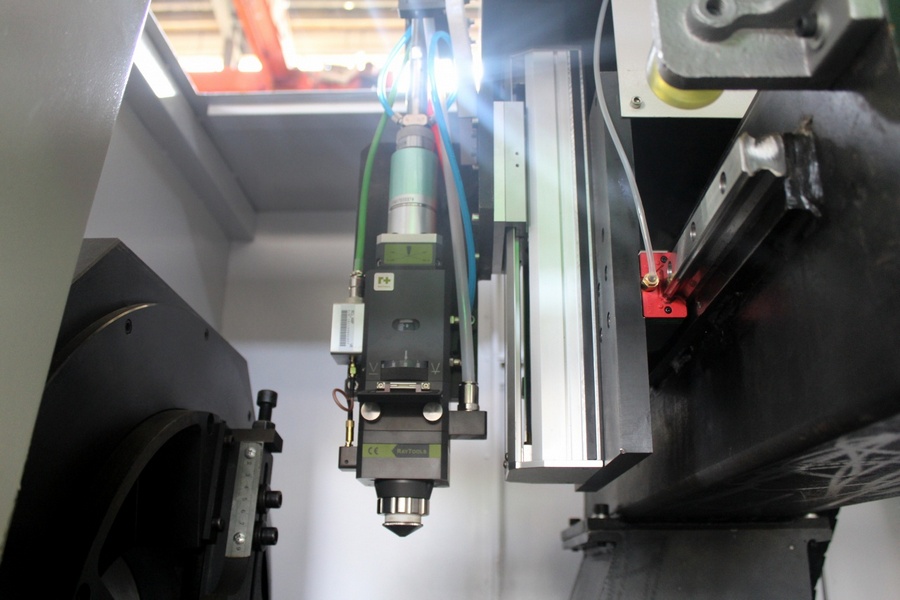
At the moment, the use of laser equipment cannot completely displace the classical methods of metal cutting from the market. Therefore, their effective application becomes possible only when the processed material is selected correctly, based on the capabilities of the equipment, and when it becomes laborious or completely impossible to use the traditional method.
Existing types of laser machines
This equipment can have both universal and specialized purposes. However, all equipment is usually divided by power and size:
- The tabletop device has a low power (less than 80 watts);
- Professional already has a lot of power (from 80 - 195 watts);
- Production samples can be up to 1000 watts.
Depending on the working environment, lasers can be classified into
- Solid-state - they are equipped with pumping lamps, flash lamps, a working case and several mirrors;
- Gas - they have a system for supplying inert gases, as well as a glass flask, which contains a radiating tube;
- Gas-dynamic - they have a special nozzle for accelerated gas supply and an additional cooling system.
Existing types of tables for machine tools
The working table is one of the main elements in the design of the machine, therefore the quality of work will directly depend on its choice:
- Lamellar tables - they are often found in the basic configuration, they are extremely convenient to remove and clean. However, they are poorly suited for processing small parts or for working on fabrics. They are also not designed to handle special and delicate materials such as paper or cardboard.
- Cell tables - their coating is very, very suitable just for cutting out small elements, because it is very dense and does not allow the workpieces to fall on the floor. He will do an excellent job of cutting thin materials - paper, cardboard, fabric. Unlike lamellar tables, the workpiece does not sag on it.
- Conveyor tables - they are specially designed to work with material in rolls, which include paper and even leatherette. On them, the supply of workpieces is provided in a continuous mode, which greatly simplifies the user's work.
Approximate order of use
The basic rules for operating the machine are quite simple, but you still need to know the step-by-step order, so as not to get confused later:
- First you need to choose a drawing that will be cut;
- Then you should load the image (photo) into the operating program of the device, while checking the cleanliness of the working surface of the lens. If contamination takes place, then the lens must be wiped with a cotton swab dipped in alcohol;
IMPORTANT! You cannot wipe the lens with vodka, since the essential oils in its composition form a thin film on the lens when it dries, which will lead to the dispersion of the beam!
- After turning on the unit, you must wait until it warms up;
- Then you should choose the processing method: "raster" for engraving and "vector" for cutting;
- Then you need to determine the width of the line for the cut (it is worth remembering that wide lines take a long time);
- At the end of all operations, the process will begin to be carried out, while the production time will depend on the processing material and the set speed.
Some nuances of setting up the device
It should always be remembered that a laser installation is a complex technical equipment, therefore its adjustment must be extremely accurate. The adjustment is carried out by a light beam and during this procedure, the working element is replaced with a conventional laser pointer. The procedure will include the following steps:
- Correction of the laser tube - a transparent adhesive tape is glued to the main mirror, and the position of the tube itself is set in such a way that the beam hits directly into its center;
- Then the tape is glued to the second mirror, and the main one is adjusted. As a result, the laser pointer should always be in the center, regardless of the distance. The direction of the beam is changed by turning the screws;
- Next, the third mirror is pasted over with tape and the above procedure is repeated, but only for the second optical element;
- The third mirror is configured by placing the "target" on the desktop. In this case, the spot size should correspond to the size of the outlet nozzle. Adjustment is also done with screws.
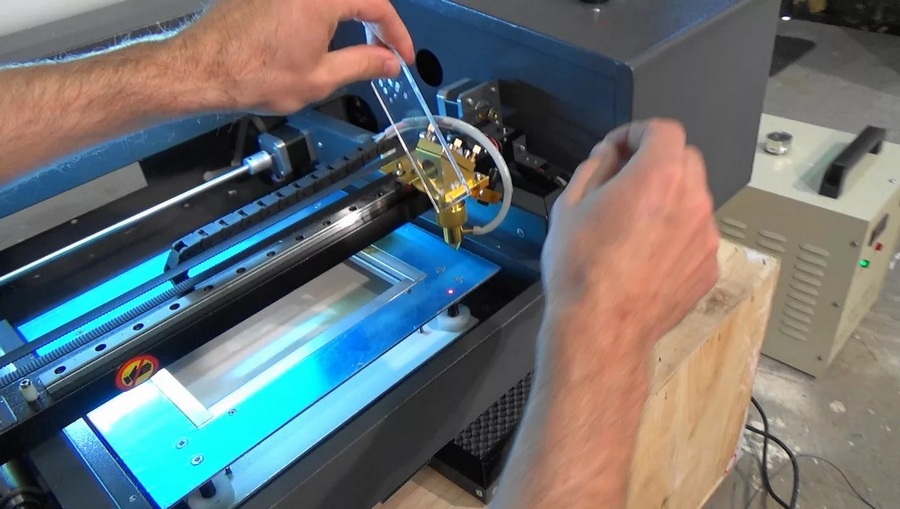
The main significant parameters when choosing a laser device
Modern manufacturers are constantly and actively working to modernize and reduce the cost of existing technologies, so the market is constantly replenished with new designs. Based on the necessary tasks, when choosing a unit, you should pay close attention to the following factors:
- Production volumes - domestic single use or there is a need for an industrial scale;
- Machine dimensions - it all depends on the size of the existing premises;
- The main type of future materials - fiber-optic lasers are suitable for metal and plastic, and carbon dioxide models are usually used for fabric and paper, rubber and wood;
- Emitter characteristics - power will indicate the speed of operation;
- The ability to move the desktop - the thickness of the processed workpieces will depend on this parameter;
- Cutting Heads - More than one head means increased productivity. For an engraving machine, you need at least two of them;
- Equipped with a video camera - with its help it is easiest to transfer the required image to the operating program of the device;
- Roll feed mechanism - they will need equipment if they intend to work with materials that can be rolled into a roll (paper, cloth, etc.);
- Optional accessories - this may include an additional table surface, an external cooling device, a pivot device, the ability to replace the laser tube with a higher power element, etc.
Price dependence
Often, on the market of laser machines, you can face the following situation: it would seem that devices with the same technical characteristics should and should cost the same, because they may even have the same desktop size? But the cost, first of all, will consist of the overall configuration and the quality of individual parts. And these include:
- Housing;
- Table size;
- Beam tube;
- Heating block;
- Power supply unit;
- Engines and other control elements.
Also, additional options, such as a residual current device, the presence of a hood, the presence of a rotary device, the presence of a photo-video camera, etc., will also have a considerable impact on the price.
It is worth mentioning that the name of the manufacturer always and everywhere plays an important role for complex technical devices. Indeed, small, unknown companies can attract a potential buyer with extremely budgetary prices for their equipment, but it is difficult to find really good equipment among such samples. And by purchasing a laser device from such companies, the user risks paying double the price, which will result in his frequent repairs.
You can visually distinguish a good model even by looking at the case. If it is made of thin sheet metal, it has cheap hinge-shaft guides, then such a machine is hardly adapted to work at high speeds. A large acceleration will create additional vibrations, which will inevitably lead to incorrect cutting lines or the production of uneven engraving. It is also worth paying attention to the age of the manufacturing company - the optimal numbers are 3 - 5 years. The age of 9 years or more already speaks of a well-deserved place in the market. And in addition, it is worth discussing service issues with the seller - if a lifetime warranty or at least a 5-year service period is offered, then such a seller is trustworthy.
Rating of the best laser cutting machines for 2024
Budget models
2nd place: WATTSAN MICRO 0203
An excellent example of a home machine designed exclusively for decorative and applied purposes. With its help, it is easy to cut patterned parts from thin-sheet plywood or to make ornaments on plexiglass. Due to its extremely small dimensions, it does not even require a separate room for its installation.

| Name | Index |
|---|---|
| Manufacturer country | Great Britain |
| Beam power, W | 40 |
| Power supply, V | 220 |
| Weight, kg | 28 |
| Cost, rubles | 55000 |
- Small dimensions;
- Economical cost;
- Sufficient thickness of the processed material (5-12 mm).
- Narrow direction of application.
1st place: ZERDER FLEX 1060
A model from a fairly young, but already becoming popular German company. It has rather large dimensions and has a relatively high positioning accuracy of the laser beam. Thanks to the increased working surface, it can handle large workpieces.
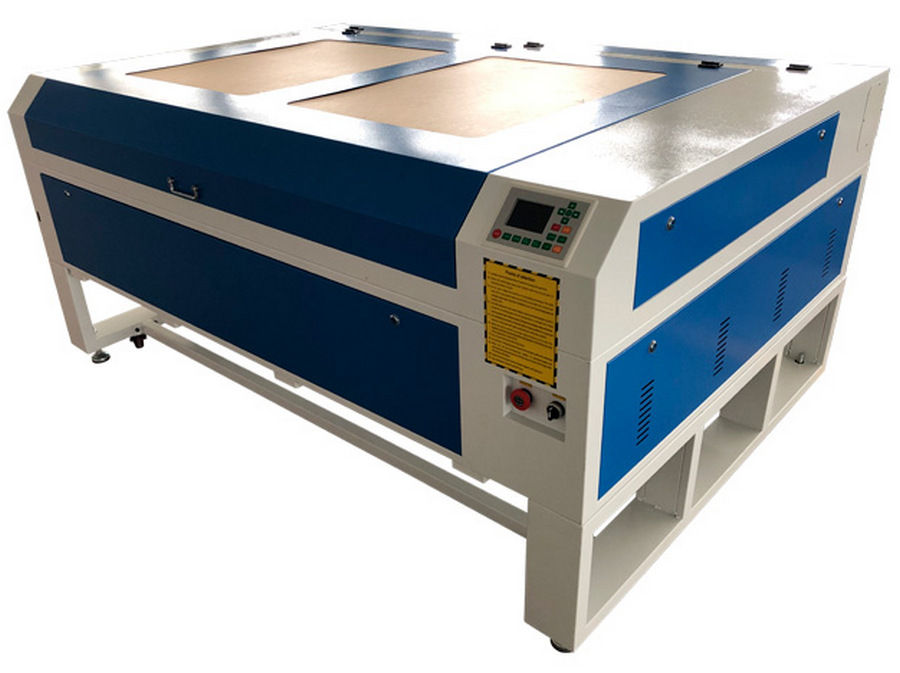
| Name | Index |
|---|---|
| Manufacturer country | Germany |
| Beam power, W | 80 |
| Power supply, V | 220 |
| Weight, kg | 77 |
| Cost, rubles | 120000 |
- Large work table;
- Low price;
- The laser tube is rated for 6000 hours.
- Low-power laser.
Middle class samples
2nd place: MCLASER 4030 METAL
A versatile machine capable of working with both metals and thinner materials. With a very powerful laser, it can also be used in domestic conditions, due to its relatively small dimensions and weight (it can be easily installed in a home workshop). However, the area of the desktop is small - 40 by 30 centimeters.
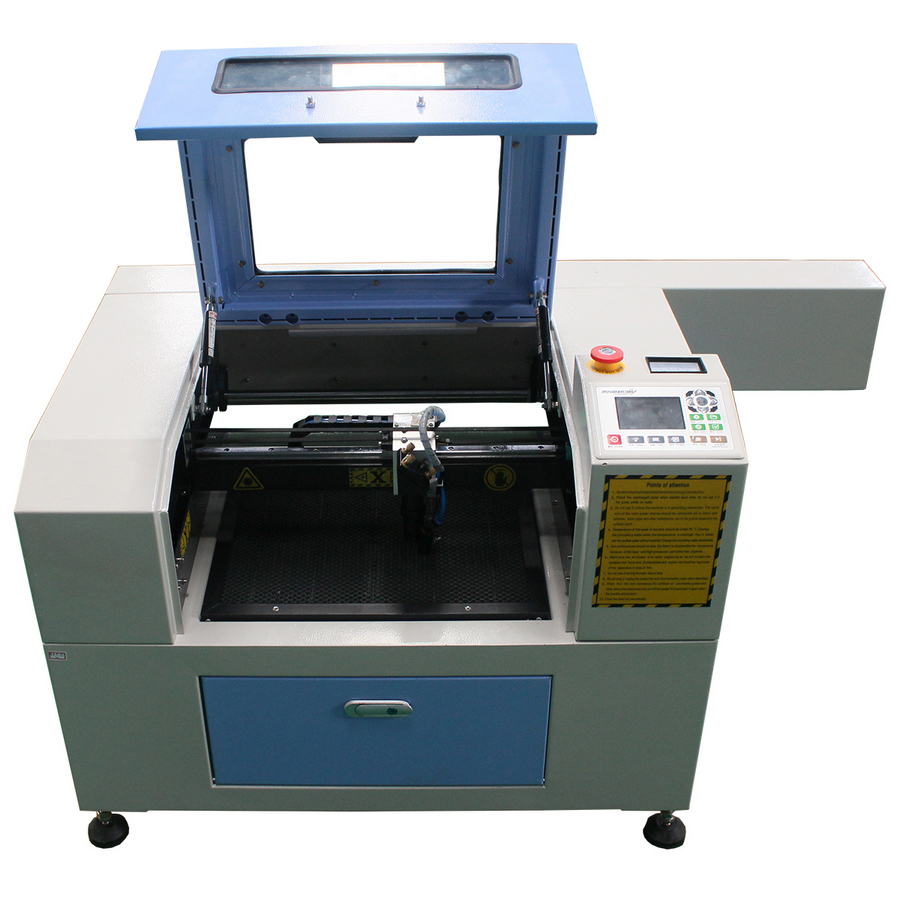
| Name | Index |
|---|---|
| Manufacturer country | China |
| Beam power, W | 120 |
| Power supply, V | 220 |
| Weight, kg | 80 |
| Cost, rubles | 405000 |
- Excellent quality of components (despite Asian origin);
- Universal model;
- Ability to cut metal up to 2 mm thick.
- Small work desk.
1st place: RABBIT FB 2030
Large format machine, positioned in the market as a professional model. Has a high cutting speed, the area of the working table is 2 by 3 meters. The construction has two powerful lasers and a system of gilded mirrors. Perfect for a highly specialized workshop. The service life of the laser tube is extended to 6500 hours.
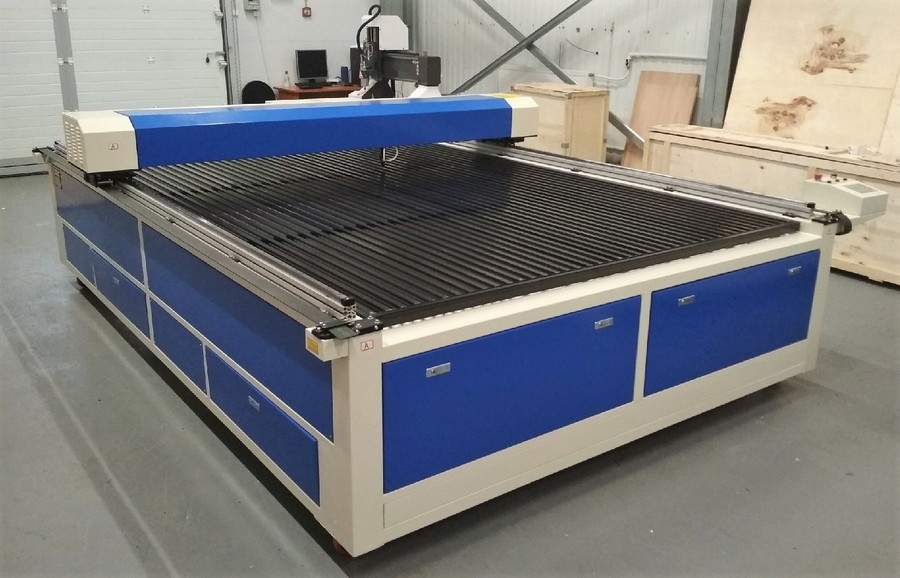
| Name | Index |
|---|---|
| Manufacturer country | China |
| Beam power, W | 200 |
| Power supply, V | 220 |
| Weight, kg | 450 |
| Cost, rubles | 1000000 |
- Multifunctionality;
- Increased working surface;
- The permissible thickness for brittle materials is 28 millimeters!
- Large dimensions;
- High price.
Models from the premium segment
2nd place: MCLASER 1530 750W METAL
A very powerful machine specifically designed to work on thick metal alloys. Able to cut workpieces up to 10 millimeters thick. The working surface is large enough - 1.5 by 3 meters. Differs in increased productivity and speed of work.

| Name | Index |
|---|---|
| Manufacturer country | China |
| Beam power, W | 800 |
| Power supply, V | 220 |
| Weight, kg | 750 |
| Cost, rubles | 4000000 |
- The life of the ray tube is extended to 10,000 hours;
- The kit includes a separate operator panel;
- The power is increased.
- Large weight and dimensions;
- Very high price.
1st place: Fiber FB1325
This laser machine has a high-power fiber optic generator, Western European linear guides, and a high-precision CNC system. The device is capable of working with thick metals and their alloys. In general, it is characterized by high cutting efficiency and economy.
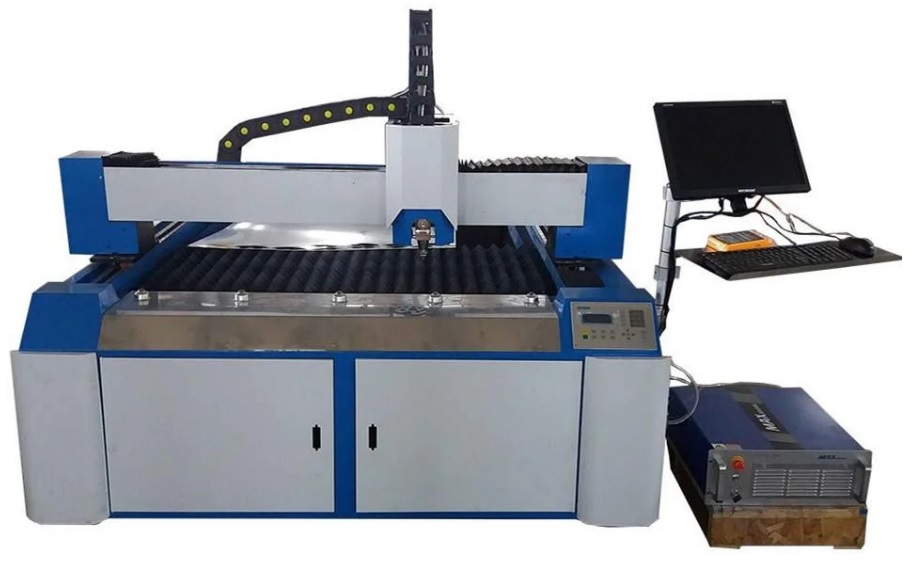
| Name | Index |
|---|---|
| Manufacturer country | China |
| Beam power, W | 950 |
| Power supply, V | 220 |
| Weight, kg | 800 |
| Cost, rubles | 4700000 |
- Fully professional model;
- Versatile and multifunctional;
- Adopts economical cutting technology.
- Not found (for their segment).
Instead of an epilogue
The analysis of the market has shown that the leaders are not Western companies. The Russian buyer prefers to purchase analogs of Asian production, since the components used for their assembly are still produced in Europe. And this already allows us to talk about the overall quality. At the same time, the majority of Chinese firms do not have their own service centers in the Russian Federation, which means the possibility of some problems in matters of repair. However, since the beginning of 2019, this situation has begun to improve - authorized centers have appeared in Siberia and the Far East, in which the services of field specialists are provided in the regions of Russia (even as part of a warranty service).
new entries
Categories
Useful
Popular articles
-

Top rating of the best and inexpensive scooters up to 50 cubic meters in 2024
Views: 97661 -

Rating of the best materials for noise insulation for an apartment in 2024
Views: 95022 -

Rating of cheap analogues of expensive drugs for flu and colds for 2024
Views: 91750 -

The best men's running shoes in 2024
Views: 87680 -

Top ranking of the best smartwatches 2024 - price-quality
Views: 85091 -

Best Complex Vitamins in 2024
Views: 84801 -

The best dye for gray hair - 2024 top ranking
Views: 82406 -
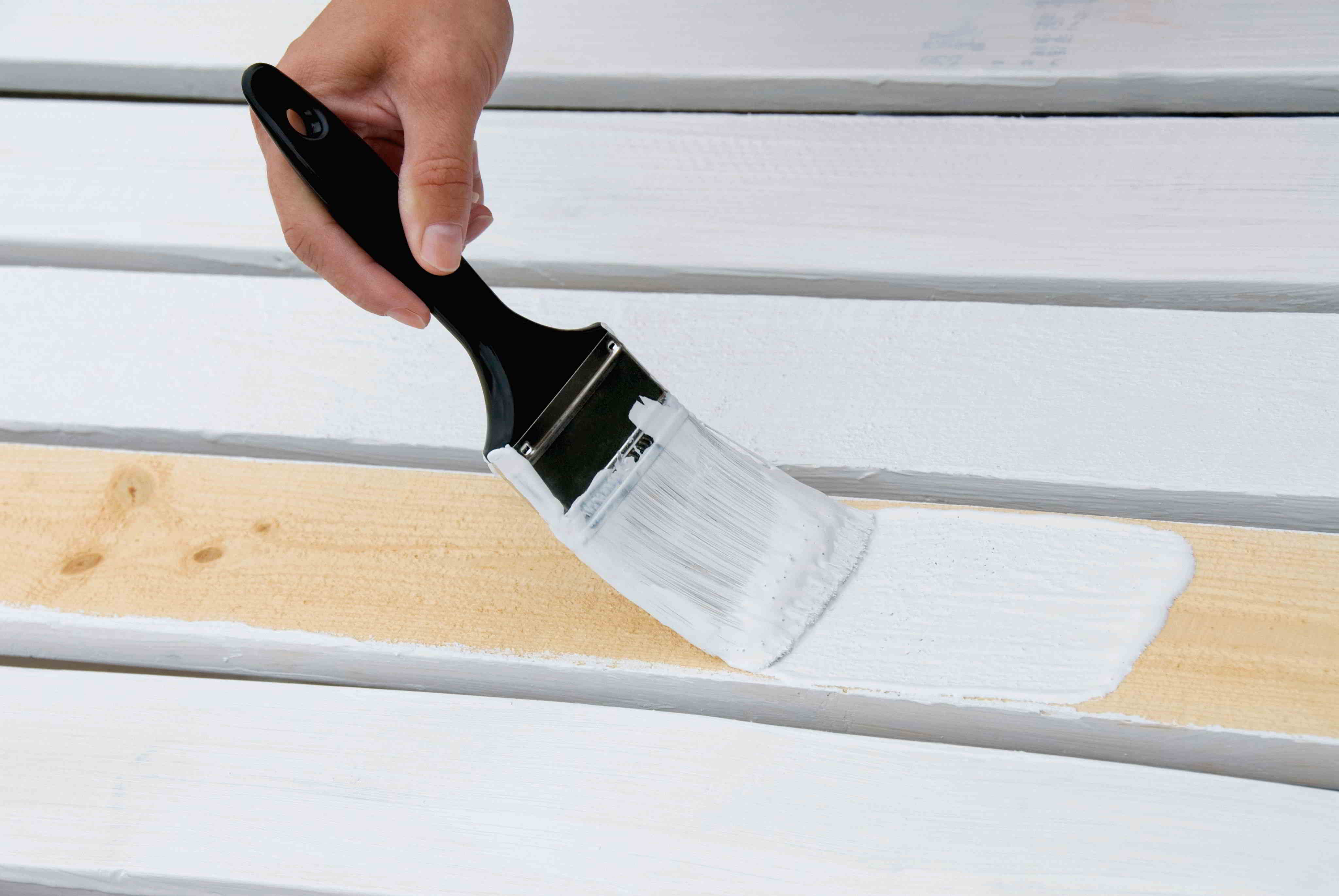
Rating of the best wood paints for interior use in 2024
Views: 77202 -

Ranking of the best action cameras from China in 2024
Views: 75269 -

Rating of the best spinning reels in 2024
Views: 74827 -

The most effective calcium supplements for adults and children in 2024
Views: 72462 -

Top rating of the best means for male potency in 2024 with a description
Views: 68296




